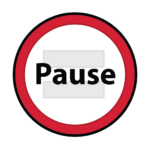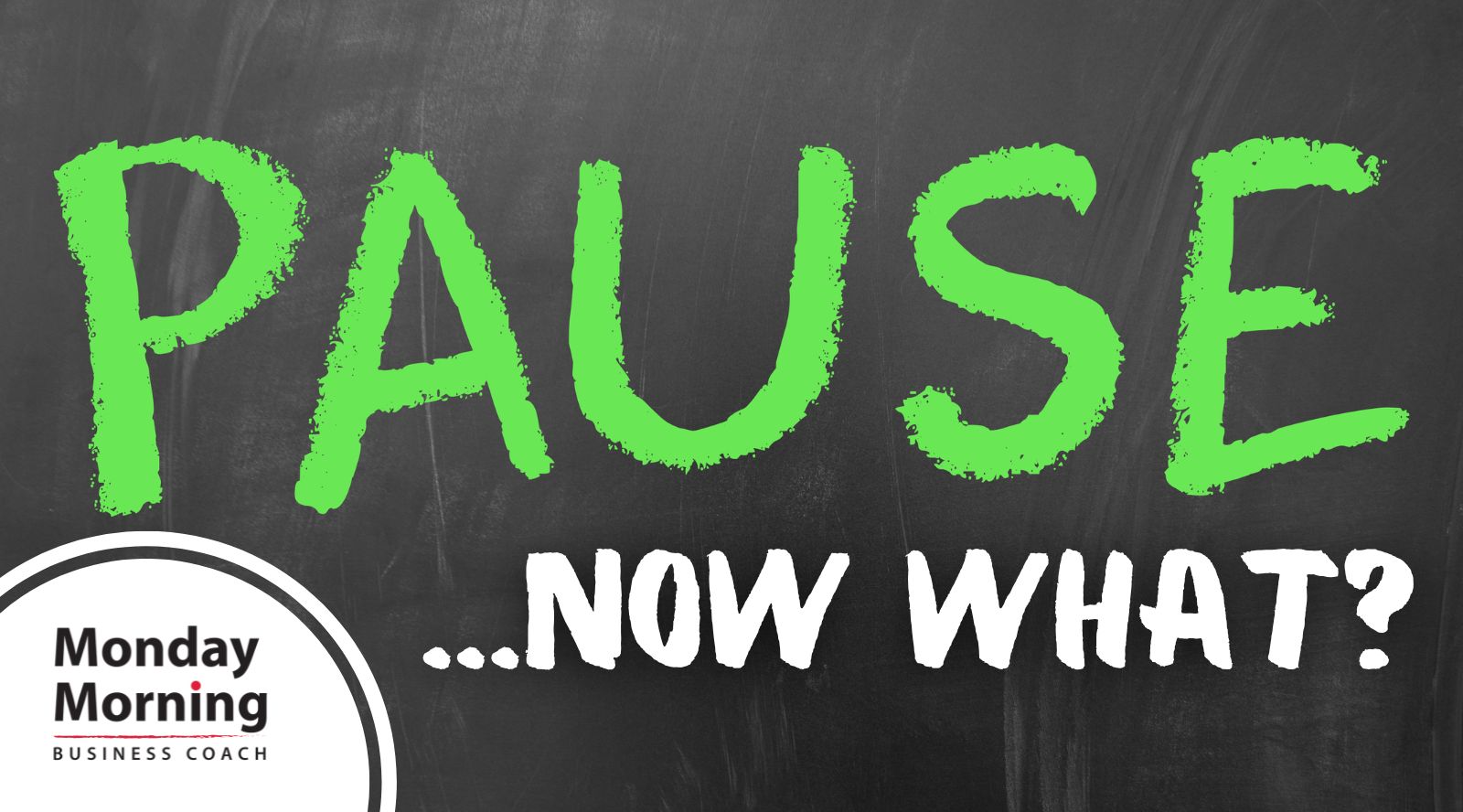Last week, we discussed the power of PAUSING as a way to interrupt your reactivity so that you can respond in ways that move you forward toward your goals. Some of you asked for additional details, saying something like, “okay, I paused…now what?”
So today, we’re going into some additional details and scripting examples to further support you in maintaining control of your meetings (or other discussions).

When you react, if you tend to get louder, talk over people, or are explosive, consider this:
- When you feel yourself getting reactive, PAUSE.
- Your PAUSE can be as simple as taking a breath, scribbling a note, grabbing a glass of water, or taking a bathroom break.
- Pausing can help you find the moment between what’s incoming–the thing that triggered your reaction–and what you do next.
- In this moment as you PAUSE, you ask yourself, “Is what I’m about to do or say in alignment with my goals?” or “Is what I’m currently doing in alignment with my goals?”
- Let’s say your goal is to show up as a curious and engaging leader.
- To respond in a way that’s in alignment with the goal of being a curious and engaging leader, you might think about getting quieter, leaning back (uncrossed arms!), and encouraging space for others to discuss.
- You could say something like, “I’d love to hear from the team on this topic. I’m not seeing how this is aligned with the goal we’re trying to achieve (restate the goal here) but that doesn’t mean it’s not. I’m curious about your thoughts on how this particular idea could move us forward with our XYZ goal.”

When you react, if you tend to get quieter, let others talk over each other and off topic, or sit back and hope things will work out, consider this:
- When you feel yourself getting reactive, PAUSE.
- Your PAUSE can be as simple as taking a breath, scribbling a note, grabbing a glass of water, or taking a bathroom break.
- Pausing can help you find the moment between what’s incoming–the thing that triggered your reaction–and what you do next.
- In this moment as you PAUSE, you ask yourself, “Is what I’m about to do or say in alignment with my goals?” or “Is what I’m currently doing in alignment with my goals?”
- Let’s say your goal is to show up as a curious and engaging leader.
- To respond in a way that’s in alignment with the goal of being a curious and engaging leader, you might think about leaning in toward the table (or camera), and guiding the conversation in a direction that’s appropriate for the meeting.
- You could say something like, “It seems like we have differing opinions here. I can see some benefits to this direction, and I have some concerns as well. To be sure we stay on track with the existing agenda items, let’s table this and grab 15 minutes later today or tomorrow to go through the benefits, concerns, and suggestions that the team has.”
In general, we find that there are two ways people react: they get quieter or they get louder. Neither of these allows you to show up as a successful leader. Remember, our definition of a leadership is:
Leadership is the willingness to influence your world,
and the willingness to be influenced by your world,
regardless of role or title.
When you get quieter, you’re only allowing others to influence you. When you get louder, you’re only trying to influence others.
When you’re able to PAUSE, interrupt your reactivity,
and respond as a leader who is willing to influence their world
and willing to be influenced by their world,
you’ll find you have much richer and satisfying discussions.
This week, continue to plan ahead for those times when you’ll need to use the PAUSE. Consider getting specific with some scripting options that will demonstrate your willingness to influence others and your willingness to be influenced by others.
Let us know how it goes!
If you’d like support
to interrupt your reactivity,
contact us today.


